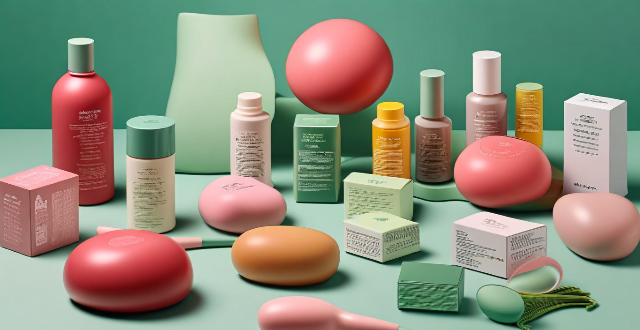Customization plays a crucial role in the cosmetic packaging industry, allowing brands to differentiate themselves from competitors and create a unique brand identity. It also enhances customer engagement through personalized packaging and promotes sustainability by reducing waste and promoting eco-friendly materials. Additionally, customization can help cosmetic brands achieve cost efficiency by streamlining their packaging processes and reducing waste. Overall, customization is essential for success in the cosmetic packaging industry.

The Role of Customization in the Cosmetic Packaging Industry
Customization plays a crucial role in the cosmetic packaging industry. It allows brands to differentiate themselves from competitors, create a unique brand identity, and enhance customer engagement. In this answer, we will explore the various aspects of customization in cosmetic packaging and its impact on the industry.
Brand Differentiation
Customization helps cosmetic brands stand out in a crowded market by creating unique packaging designs that reflect their brand values and personality. This can include:
- Color Palettes: Choosing colors that align with the brand's image and resonate with the target audience.
- Logo Placement: Strategically placing the logo on the packaging to ensure maximum visibility and recognition.
- Material Choices: Selecting eco-friendly or luxury materials to convey the brand's commitment to sustainability or premium quality.
- Shape and Size: Designing packaging shapes that are easy to use, store, and display, while also being visually appealing.
Customer Engagement
Customization also plays a significant role in enhancing customer engagement by providing an interactive experience through personalized packaging. This can be achieved through:
- Personalized Messages: Including personalized messages or names on the packaging to make customers feel special and valued.
- Interactive Packaging: Incorporating elements like scratch-off labels, QR codes, or augmented reality features that encourage customers to engage with the product and brand.
- Limited Editions: Creating limited edition packaging designs for special occasions or collaborations to generate excitement and buzz around the product.
Sustainability
Customization has become increasingly important in the cosmetic packaging industry as consumers become more aware of environmental issues and demand sustainable solutions. Customization allows brands to:
- Reduce Waste: Designing packaging that is made from recyclable or biodegradable materials to minimize waste and reduce environmental impact.
- Refillable Packaging: Offering refillable options for products to reduce the need for new packaging and promote circularity in the beauty industry.
- Eco-Friendly Inks: Using eco-friendly inks and printing methods to reduce harmful chemicals and emissions during the production process.
Cost Efficiency
Customization can also help cosmetic brands achieve cost efficiency by streamlining their packaging processes and reducing waste. This can be achieved through:
- Standardized Packaging: Developing standardized packaging designs that can be used across multiple products, reducing production costs and simplifying inventory management.
- Bulk Ordering: Ordering larger quantities of customized packaging materials to take advantage of bulk discounts and reduce per-unit costs.
- Supplier Negotiations: Negotiating better pricing and terms with suppliers based on long-term contracts and guaranteed volume commitments.
In conclusion, customization plays a vital role in the cosmetic packaging industry by allowing brands to differentiate themselves, enhance customer engagement, promote sustainability, and achieve cost efficiency. By leveraging the power of customization, cosmetic brands can create unique packaging designs that resonate with their target audience and stand out in a competitive market.